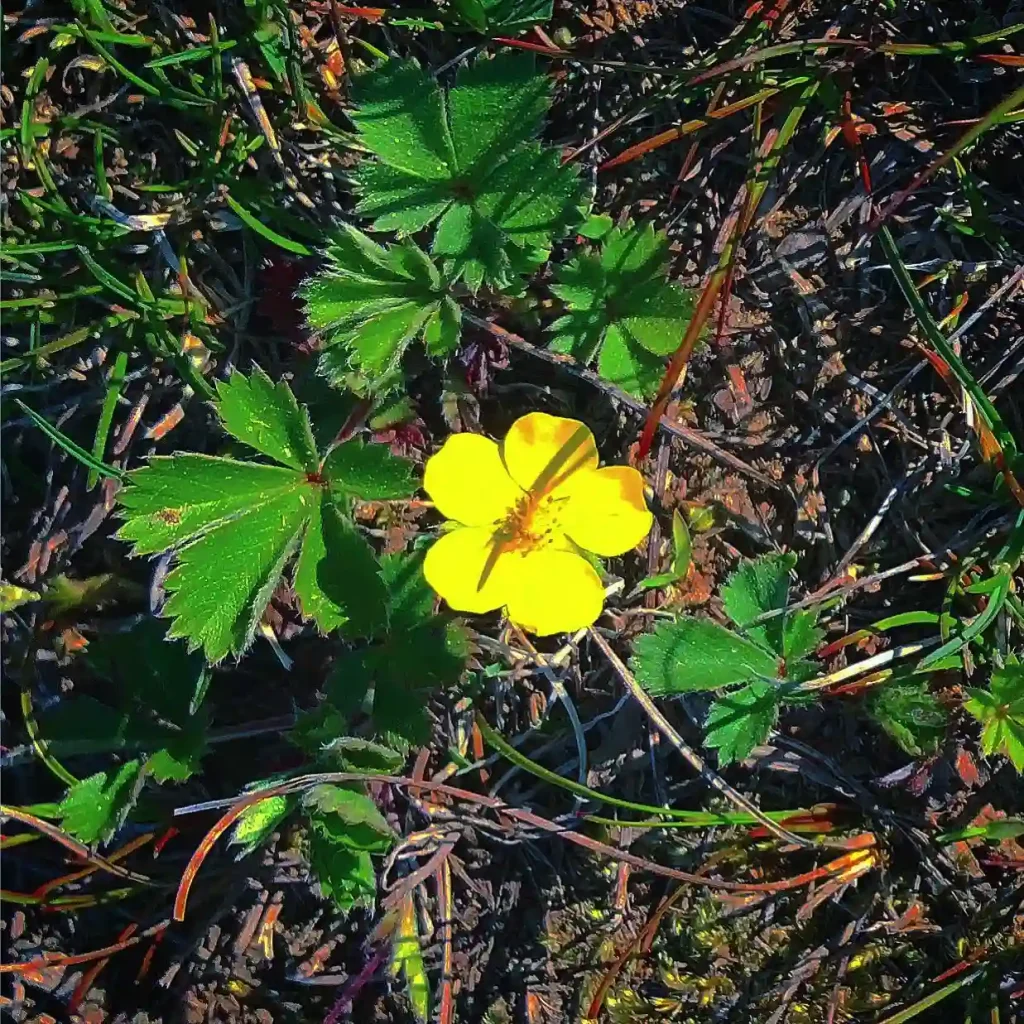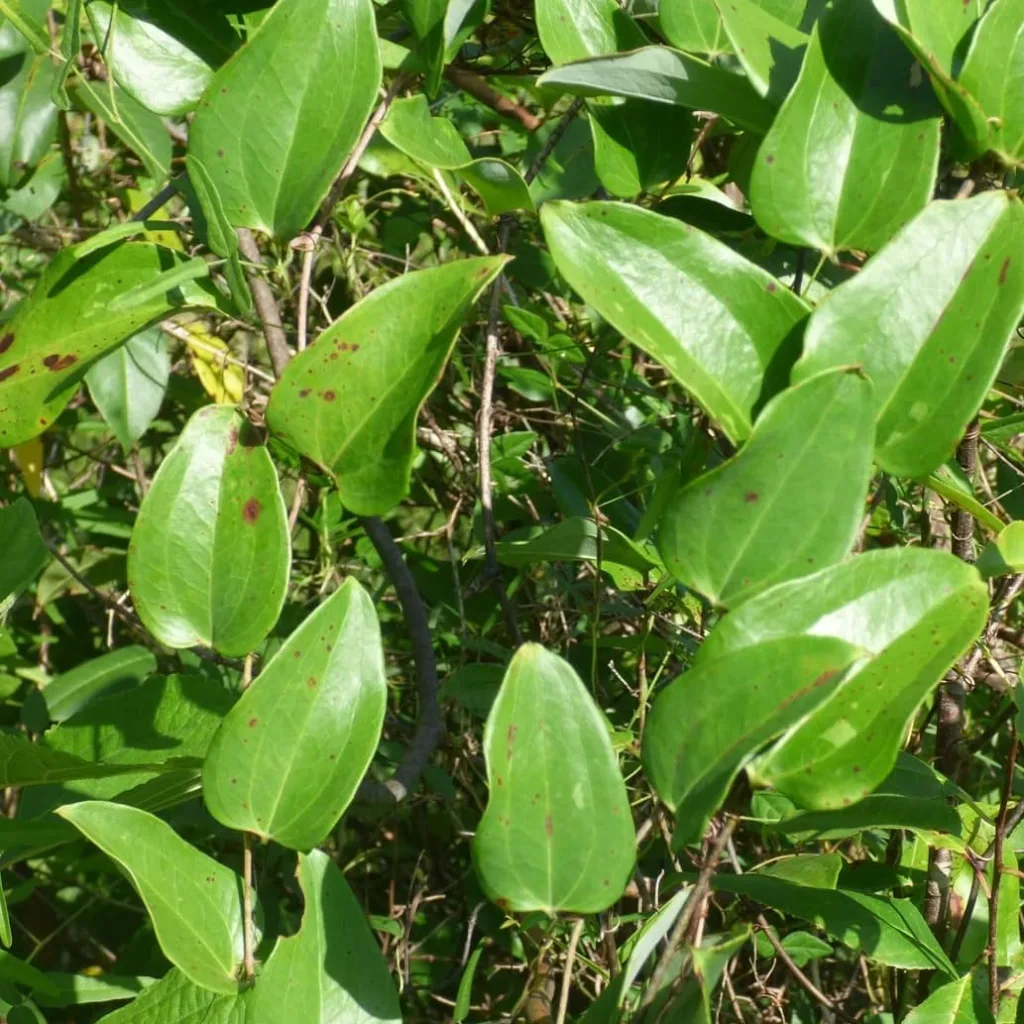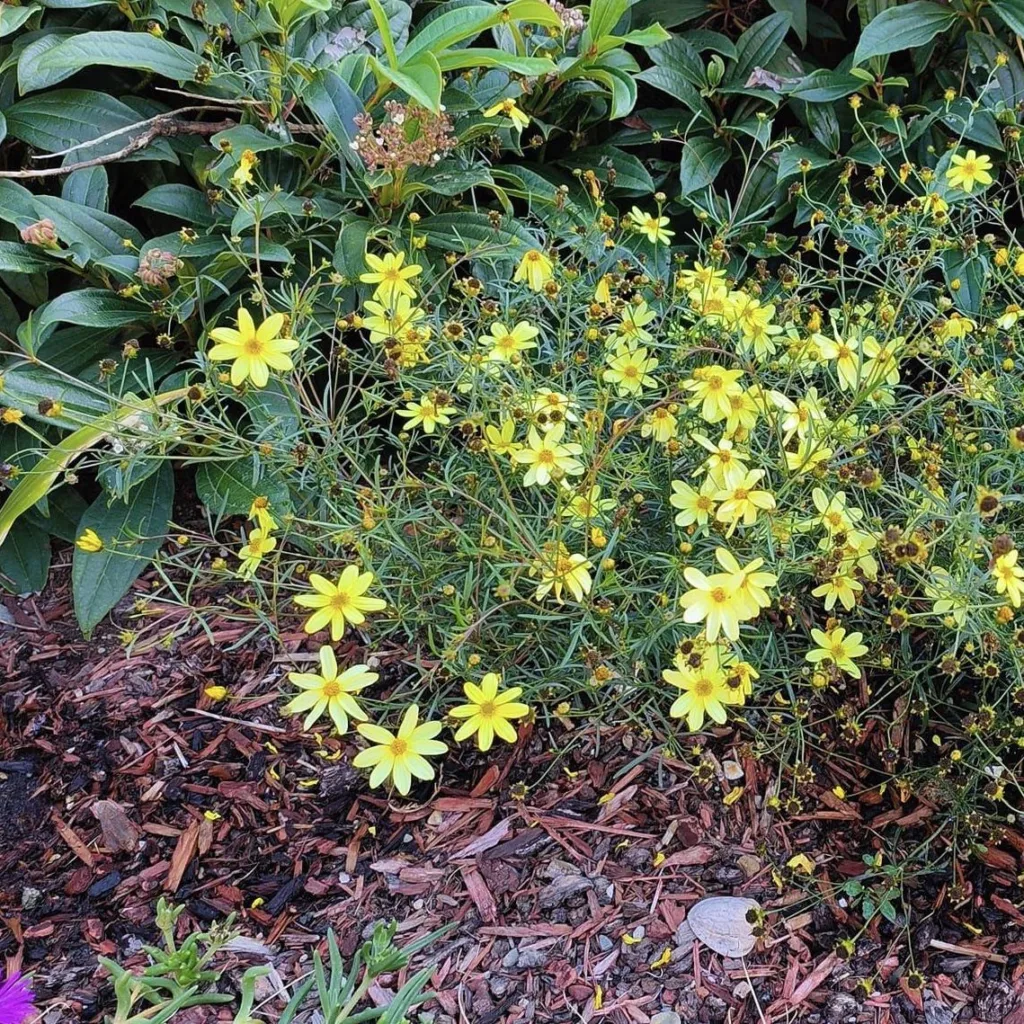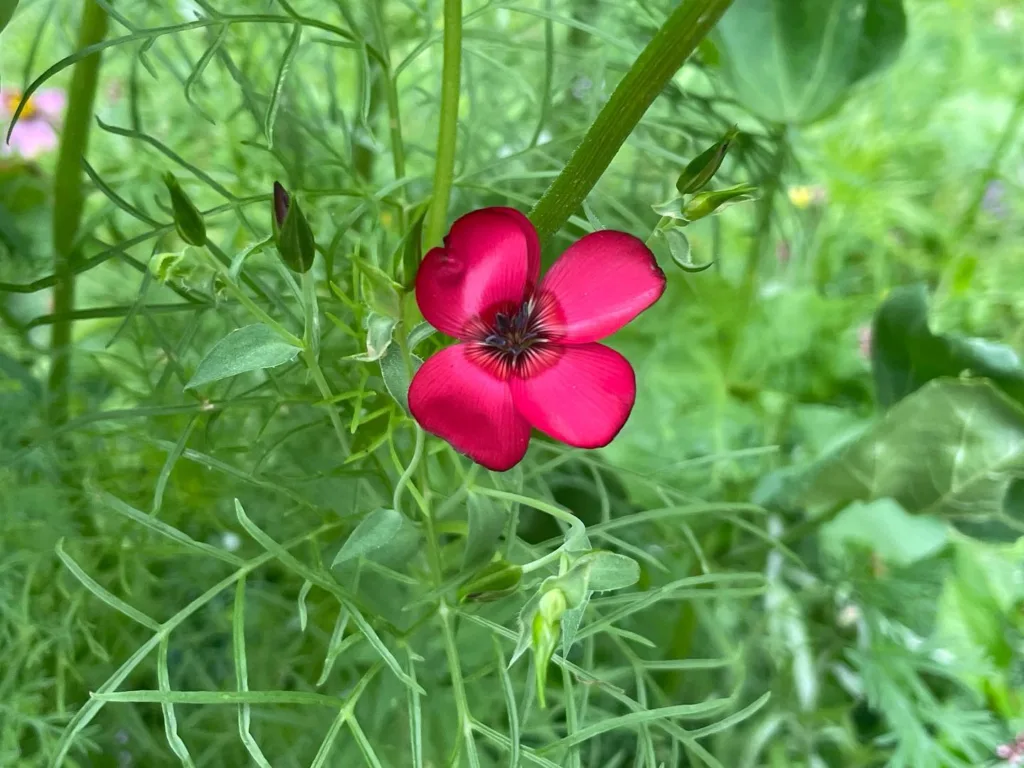My Fascination with Balanophoraceae: A World of Parasitic Plants
As a botanist, I’m constantly drawn to the unusual and the extraordinary in the plant kingdom. One family that has always captivated me with its bizarre beauty and parasitic lifestyle is the Balanophoraceae. These root parasites, often lacking chlorophyll and resembling fungi or strange growths, have a unique charm that’s hard to resist.
The Balanophoraceae Family: A General Overview
Balanophoraceae, commonly known as the Balanophora family, is a fascinating group of flowering plants that have evolved a parasitic lifestyle. These plants are entirely dependent on their host plants for nutrients and water, often lacking chlorophyll and the ability to photosynthesize. They are characterized by their fleshy, often brightly colored inflorescences that emerge from the soil or the host plant, giving them an otherworldly appearance.
Genera within the Balanophoraceae Family
The Balanophoraceae family is relatively small, comprising around 16 genera and approximately 50 species. Some of the most notable genera include:
- Balanophora: This genus is the largest in the family and includes a wide variety of species with diverse morphologies and host preferences.
- Langsdorffia: This genus is characterized by its elongated, cylindrical inflorescences that often resemble fungi or strange growths.
- Lophophytum: This genus is known for its massive, fleshy inflorescences that can reach impressive sizes.
- Mystropetalon: This genus is unique for its highly reduced flowers and its association with specific host plants in the Fabaceae family.
- Rhopalocnemis: This genus is characterized by its club-shaped inflorescences and its preference for dipterocarp trees as hosts.
- Sarcophyte: This genus is known for its fleshy, brightly colored inflorescences and its association with specific host plants in the Euphorbiaceae family.
- Chlamydophytum: A genus of root parasites native to tropical Africa and Madagascar, characterized by their fleshy inflorescences covered in scale-like bracts.
- Corynaea: A genus of root parasites found in Central and South America, distinguished by their club-shaped or cylindrical inflorescences.
- Dactylanthus: A monotypic genus represented by Dactylanthus taylorii, a unique root parasite endemic to New Zealand, known for its fleshy, finger-like inflorescences.
- Ditepalanthus: A small genus of root parasites native to South America, with distinctive, two-lobed inflorescences.
- Hachettea: A monotypic genus containing Hachettea membranacea, a root parasite endemic to New Caledonia, characterized by its membranous bracts surrounding the inflorescence.
- Helosis: A genus of root parasites found in tropical regions worldwide, recognized for their often large, fleshy inflorescences and reduced leaves.
- Lathrophytum: A genus of root parasites native to Central and South America, known for their unusual, lattice-like or cage-like inflorescences.
- Ombrophytum: A genus of root parasites found in Central and South America, with inflorescences that resemble mushrooms or umbrellas.
- Scybalium: A genus of root parasites native to South America, characterized by their small, often brightly colored inflorescences.
- Thonningia: A genus of root parasites found in tropical Africa and Madagascar, with distinctive, often reddish or purplish, inflorescences that emerge from the ground.
The Parasitic Lifestyle of Balanophoraceae
The parasitic nature of Balanophoraceae is a key aspect of their biology. These plants have evolved specialized structures called haustoria that penetrate the roots of their host plants, allowing them to siphon off nutrients and water. This parasitic lifestyle has led to the reduction or loss of chlorophyll in many species, resulting in their often pale or brightly colored appearance.
Ecological Significance of Balanophoraceae
While Balanophoraceae may seem like strange and unusual plants, they play an important role in their ecosystems. They contribute to the biodiversity of their habitats and provide food and shelter for various insects and other animals. They also help to regulate the populations of their host plants, preventing them from becoming too dominant.
My Personal Connection to Balanophoraceae
As a botanist, I’ve had the privilege of encountering Balanophoraceae in their natural habitats. I’ve been awed by their strange beauty and fascinated by their unique adaptations to a parasitic lifestyle. I’ve also been inspired by their resilience and their ability to thrive in challenging environments.
Conclusion
The Balanophoraceae family is a testament to the diversity and wonder of the plant kingdom. These parasitic plants, with their bizarre beauty and unique adaptations, have a special place in my heart. They remind me that there’s always something new and exciting to discover in the natural world, even in the most unexpected places.
If i die, water my plants!



